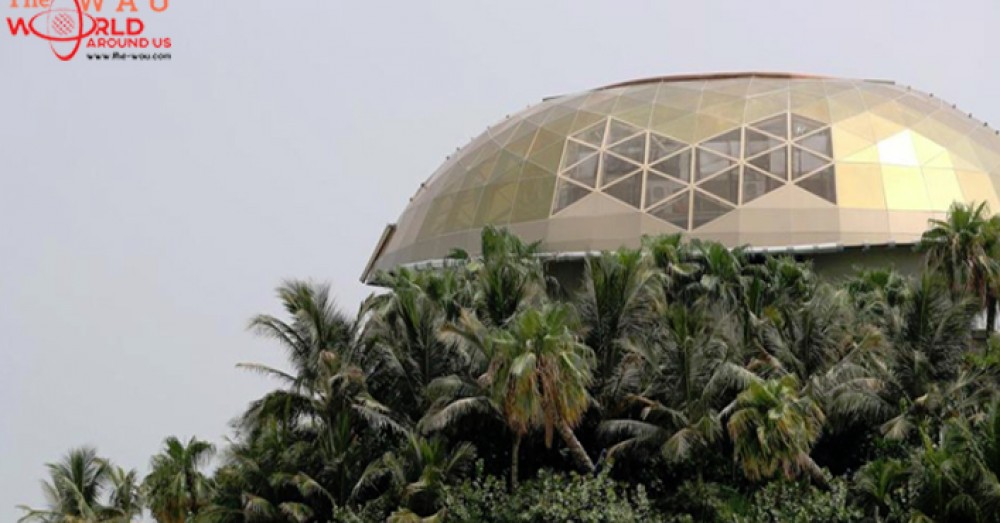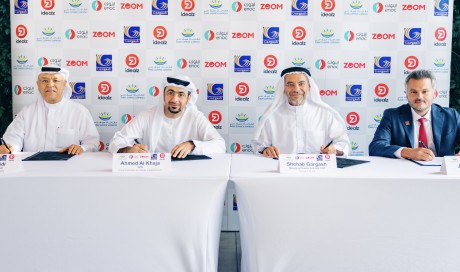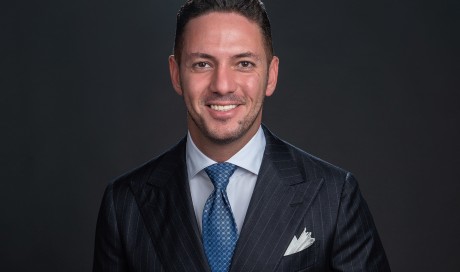An “impossible dream” more than a decade in the making has become a reality, as the first country in The Heart of Europe at The World island development in Dubai is set to open a permanent residence.
The first tenants will set up home before the end of the year at the Dh100 million Sweden Beach Palace on Sweden Island, part of the six-island cluster that makes up The Heart of Europe.
It is all part of an ambitious bid to bring Maldives-style living to Dubai.
More than 1,500 workers, the majority of whom live on the islands, are already working on the project, with that number set to swell to 2,000.
Each of the 10 Swedish beach palaces – one of which is super-sized to make for an even more exclusive address – will also have its own private section of beach and a fully-owned piece of the marine area plot, including a private coral reef.
Moored close to the same island are the famous “floating seahorse” villas.
The World Project, a series of 300 luxurious islands modelled on the global map, was conceived back in 2003. Construction was completed by Nakheel in 2008 and the islands handed over to individual developers, but little progress has been made over the past decade. Many thought that would be the end of The World, but now a brighter future is ready to be mapped out.
Josef Kleindienst, chairman of the Kleindienst Group, which is developing the project, announced that 10 of the palaces have already been sold – eight to Middle East billionaires and the other two to billionaires from Europe.
Mr Kleindienst is adamant that the project is on course to be fully completed by 2020.
“People told me it could not be built and it would be impossible, but it’s not impossible,” he said.
The ultra-high-end luxury project will appeal to those looking to own a second home, Mr Kleindienst said.
“The properties have been designed as second homes – Dubai’s first luxury area for UAE residents to own a holiday property in their own country, instead of jetting to the Maldives, Mauritius or the Seychelles.
“The second-home market is a new concept for Dubai,” he said.
“While New York has the Hamptons and multiple cities in Europe have their own countryside and seaside getaway spots, Dubai has lacked an area where people leave their primary property and head to a second home for the weekend.”
He said the project would be home to 4,000 units, 1,000 of which have already been sold.
The cheapest property at the Heart of Europe is a Dh1.5m unit at The Cote d’Azur Hotel.
Sixty floating seahorses have been sold so far.
They are currently selling for Dh15m each.
“This year we will hand over 10 Swedish beach palaces, 32 German villas and 40 floating seahorses,” Mr Kleindienst said.
He rejected suggestions that the properties would leave people isolated, as a boat will run to and from the mainland every half an hour.
“We didn’t have coral reefs so we had to build them.
“Having coral reefs is not difficult, what is difficult is having real corals,” he said.
“We started in 2008 and today we operate the biggest coral nursery on the planet and by 2020 we will be capable of producing 100,000 new corals each year.”
He said creating more corals will get around the problem of bleaching, which happens when the water is too warm – something that is a real concern in the waters of Dubai.
The project has received negative publicity over the years, not least when it was reported that one of the floating seahorse projects had sunk. This was not the case, according to Mr Kleindienst, who said it was actually an event platform that had fallen into the sea.
“We lost agreed sales because of that,” he said.
“My responsibility is to build a great project.
“Journalists have a different responsibility but we provided information in documents and they still produced such a story that damaged the project.”
He said they initially charged Dh2,000 per square foot. That figure is now between Dh3,000 and Dh4,000 per square foot.
The cost is even higher for one of the floating seahorses.

Josef Kleinienst, chairman of Kleindienst Group, the developer of the Heart of Europe, at the Sweden Beach Palace. Chris Whiteoak / The National
“We started selling them for Dh5,000 per square foot.
“They are now selling for three times that,” he said.
...[ Continue to next page ]
Share This Post











